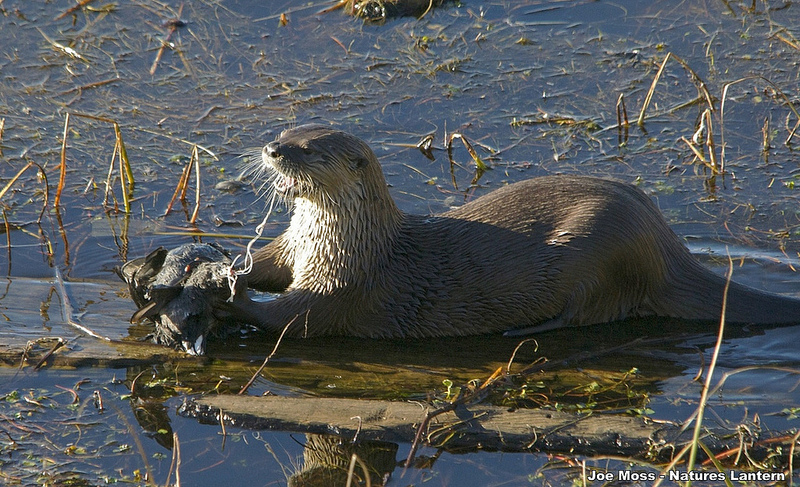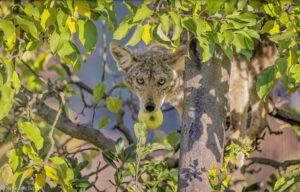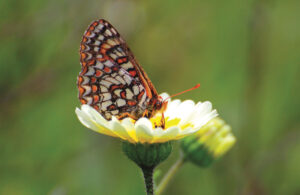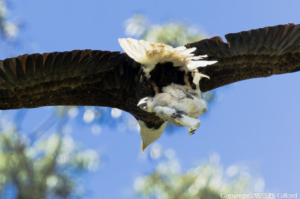There are certain indisputable facts about San Francisco: it’s hilly, it’s foggy, it’s expensive, and the cutest new resident is a river otter dubbed “Sutro Sam.”
In fact, Sam is so cute that people just can’t get enough of him. Hordes of visitors have been flocking to his lair in the Sutro Baths to catch a glimpse of the charming fur ball in his natural state – swimming, fishing, eating, building his nest and, of course, posing for pictures.
But wildlife experts and park officials are now saying that people are getting a little too close for comfort and not letting Sam be what he is – a wild animal.
“It’s become a really big problem,” says Alexandra Picavet, a spokesperson for the Golden Gate National Recreation Area. “People are feeding him, getting their dogs to jump in the pool and swim with him, flushing him out for the perfect picture – everything you can imagine to get him to come closer to them.”
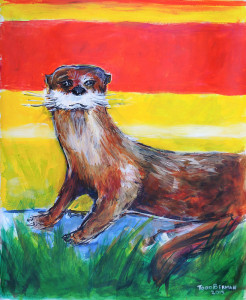
Park officials have recently put up signs warning visitors to keep their distance. On weekends, volunteers are patrolling the area, advising people how to safely and respectfully observe Sam. Federal regulations prohibit people from feeding or disturbing wildlife, but the allure of a rarely seen, ridiculously cute animal in a popular tourist spot has proven tricky to control.
“We are anxiously watching the interactions between this cute otter and the public,” says Picavet. “We want him to be a successful otter, and the more people encourage him to stay there for unnatural decisions –like getting an easy handout of food– the less likely he’ll make the right decisions.”
Since Sam was first spotted in the Sutro Baths around September, he’s been nothing short of a spectacle. Not only is his appearance “aww”-inspiring, he’s the first river otter that’s been seen in San Francisco in decades. His origins are unknown, although some experts think he may have swam over the Golden Gate from Marin, where otters are making a significant comeback.
“To have one in San Francisco is a really big deal,” says Picavet. “And people love seeing him. But you really can love something to death. It’s not good for him to become dependent on a food source that’s not natural or sustainable.”
Estimated to be about a year old, Sam is by all accounts comfortably settling into his life as a local celebrity and signifier of a healthy watershed environment. As far as basic necessities go, he has everything he needs at the Sutro Baths – freshwater, saltwater, shelter, a reliable place to fish and a killer view. The only detriment, it seems, is his preternatural adorableness.
“He’s almost Disney-esque,” says Megan Isadore, director of outreach for the River Otter Ecology Project. “That’s the difficulty. Otters are so cute that people feel attracted to them, and getting people to be a little more mindful about following the signs is not easy.”
Sam’s presence serves as a significant indicator of healthy waters. Due to aggressive hunting for their prized fur, otters were rare in the Bay Area for many years. After becoming a protected species in 1951, they slowly began to appear again. They are known as a sentinel species –the fact that they are making a resurgence in the area not only indicates that otters are thriving, but also that fish populations are becoming stronger and waterways are cleaner.
“The fact that we are finding them here is really good news for the San Francisco Bay watershed,” says Isadore. “But we need to be aware of their need for space. The worst-case scenario would be humans or dogs getting too close. We would hate for there to be an incident in which someone got bitten or hurt.”

For now, Sam is healthy, active and normal. Isadore says he’ll probably leave when one of three things happens – he needs a new food source, his hormones kick in and he goes in search of a mate, or he finally gets fed up with all the human attention. If not, he could risk acquiring some undesirable traits.
“If he gets too used to getting fed, he could go the way of urban raccoons, who live off trash and cat food and have become very aggressive, “ says Isadore. “When animals get aggressive, people get frightened, and when people get scared, it’s never good.”
Isadore stressed that although the human interaction – or interference – levels are worrisome, she’s optimistic that Sam has all the tools to become a contributing member to otter society in the future.
“I think he has the skills he needs to survive,” says Isadore. “We just need to let him be an otter. They are adaptable and smart animals and they don’t need our help.”
Heather Mack is a Bay Nature editorial intern.

